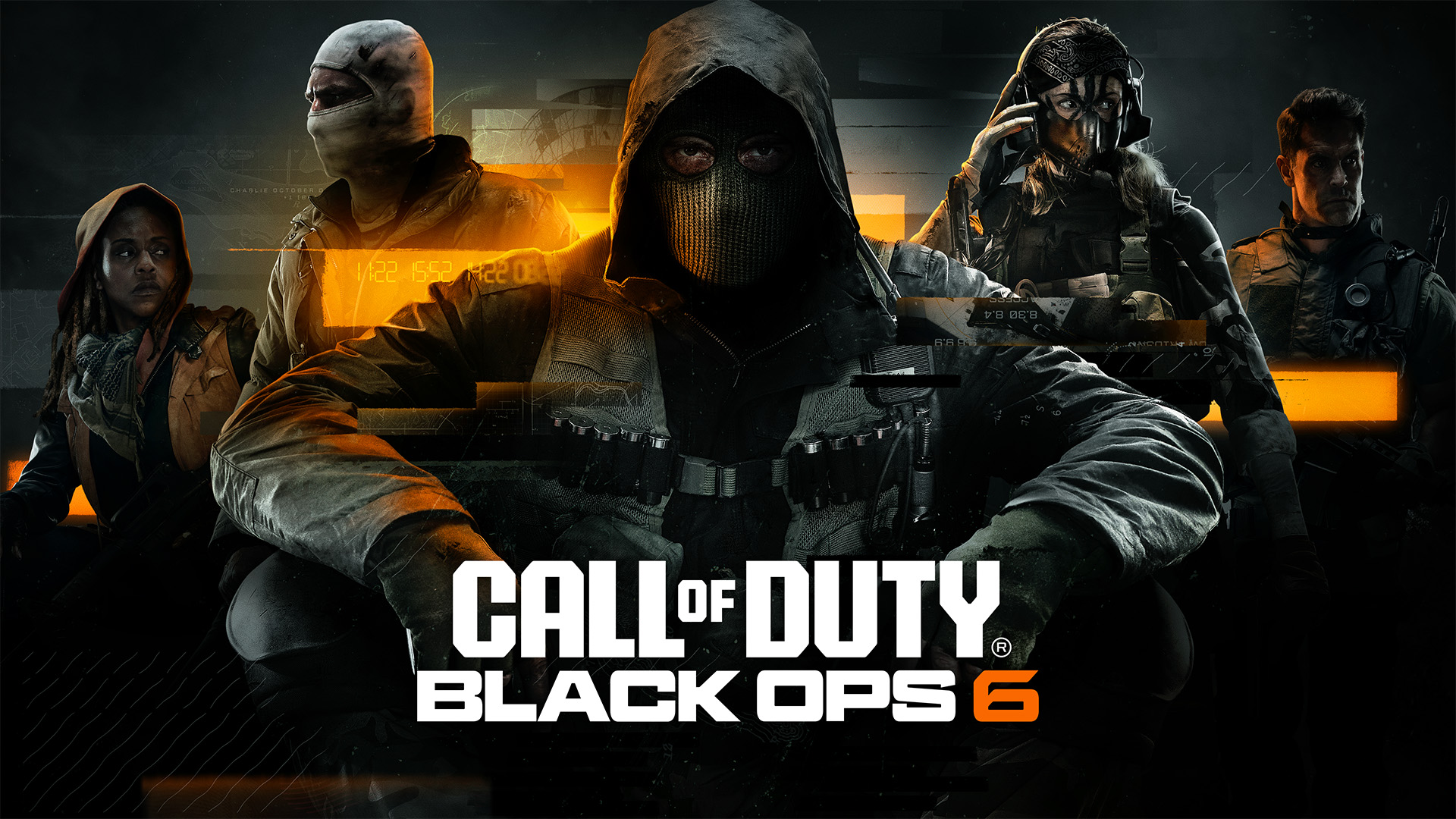In a striking development that could reshape how platform holders approach game subscriptions, Microsoft has reportedly estimated that launching Call of Duty: Black Ops 6 on Xbox Game Pass led to a staggering $300 million in lost direct sales revenue. This internal figure has sparked debate across the industry about the long-term viability and cost-benefit dynamics of offering blockbuster titles through subscription services rather than traditional retail.
According to insiders familiar with the situation, the $300 million estimate reflects the amount of revenue Microsoft might have generated had Black Ops 6 been released exclusively as a full-price purchase on Xbox consoles, rather than being made available on day one through Game Pass. While the service has long been positioned as a value proposition for players and a growth engine for Microsoft’s gaming division, the apparent sales cannibalization represented by this estimate is raising questions about the financial tradeoffs of that strategy.
Further compounding concerns for Microsoft is the reported platform breakdown of Black Ops 6 sales. An overwhelming 82% of full-price copies of the game were sold on PlayStation 5—a platform where Game Pass is unavailable. Despite Microsoft’s ownership of Activision Blizzard, and by extension the Call of Duty franchise, the lion’s share of direct sales went to its chief competitor’s platform. This stark contrast not only highlights the strength of PlayStation’s install base and user loyalty but also suggests that many players still prefer to own marquee games outright, particularly when subscription access is not an option.
The situation presents a paradox for Microsoft. On the one hand, Game Pass is meant to be a disruptive force, lowering barriers to entry and creating a sustainable revenue model through recurring subscriptions. On the other, the very success of that model may be undermining the high-margin sales that come from traditional game purchases. With development and marketing costs for a title like Black Ops 6 potentially reaching hundreds of millions of dollars, recouping investments solely through subscription revenue becomes a more complex and uncertain proposition.

Microsoft has historically been tight-lipped about Game Pass’s exact financial performance. While the company has previously touted subscriber milestones—such as surpassing 34 million users—there’s limited transparency into how much revenue the service generates, what percentage of users are on the higher-priced Ultimate tier, or how profits compare to traditional sales models. The estimate of $300 million in lost sales could be seen as an acknowledgment that Game Pass, while popular, may not be a perfect fit for every title, particularly ones with massive, built-in demand.
For Black Ops 6, that demand was clear. The Call of Duty franchise remains one of the most commercially successful and culturally significant gaming properties in the world. Each annual release consistently ranks among the best-selling games of the year. By offering the latest entry at no additional cost to Game Pass subscribers, Microsoft may have sacrificed immediate, high-value sales in exchange for increased platform engagement and long-term customer retention. Whether that trade-off is worth it remains to be seen.
From a strategic standpoint, the numbers raise difficult questions about future releases. Will Microsoft continue to push day-one Game Pass launches for every first-party title, or will it begin to selectively delay inclusion to preserve full-price sales? Might we see hybrid models, such as timed exclusivity, where games launch for purchase first and arrive on Game Pass weeks or months later? Such strategies could help mitigate cannibalization while still leveraging the subscription model as a powerful engagement tool.
The PlayStation 5’s dominance in Black Ops 6 sales also reveals something more fundamental: many gamers still value ownership. Even in a market increasingly shaped by streaming, subscriptions, and digital access, the act of buying and owning a game—especially one as replayable and competitive as Call of Duty—retains strong appeal. PlayStation’s lack of a comparable subscription offering may, paradoxically, have boosted its revenue by forcing players to purchase the game outright.
This outcome may also impact third-party publishers considering Game Pass deals for their own titles. While the exposure and ease of access the platform offers are attractive, the potential revenue loss from reduced unit sales is a real concern. For publishers, the decision to go day-one on Game Pass may become more situational, depending on the game’s monetization model, player expectations, and cross-platform availability.
For Microsoft, the path forward will likely involve a careful rebalancing act. Game Pass remains a core pillar of the company’s gaming strategy, offering a compelling value for players and a differentiator against Sony and Nintendo. But as this Black Ops 6 case illustrates, even massive franchises are not immune to the complex economics of the subscription model. Microsoft will need to refine how it evaluates the financial implications of day-one launches, particularly for games that could generate billions in lifetime sales.

Ultimately, this moment may serve as a turning point. The Game Pass model is not broken—but it’s not without cost. Microsoft now faces the challenge of proving that the long-term benefits of player acquisition, engagement, and retention outweigh the short-term losses from missed sales. Whether it can strike that balance effectively, especially with high-profile franchises under its belt, could define the future of the subscription-based gaming era.











